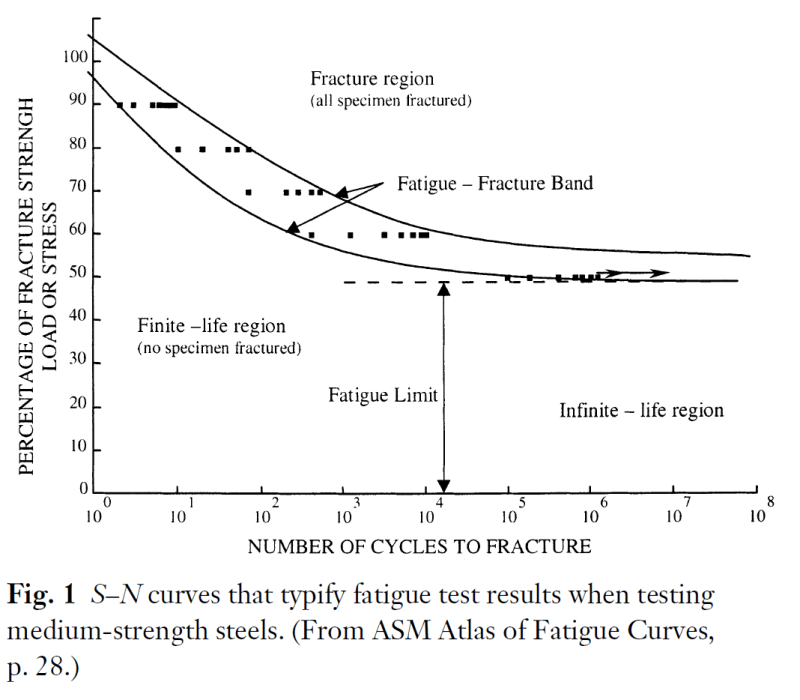BeBtrEngeer
Mechanical
Hi everyone,
I have just joined (although I've been using the knowledge here for a few years already).
I've got a very short question necessitated by wildely differing approaches that have appeared at my job (by two analysts). One has compiled a report focusing on fatigue calculations only, the other proceeds with static nonlinear (due to contacts) only for certain structure.
The question - what set of circumstances makes it - (a) required (b)potentialy wanted - for fatigue calculations to be had for a structure? It's a general question.
I've searched the internet but couldn't come up with the guidelines as to when do the calculations (blurred lines to be expected)and when to forgo them.
Thanks!
I have just joined (although I've been using the knowledge here for a few years already).
I've got a very short question necessitated by wildely differing approaches that have appeared at my job (by two analysts). One has compiled a report focusing on fatigue calculations only, the other proceeds with static nonlinear (due to contacts) only for certain structure.
The question - what set of circumstances makes it - (a) required (b)potentialy wanted - for fatigue calculations to be had for a structure? It's a general question.
I've searched the internet but couldn't come up with the guidelines as to when do the calculations (blurred lines to be expected)and when to forgo them.
Thanks!


![[smarty] [smarty] [smarty]](/data/assets/smilies/smarty.gif) . Had I found a straight answer in literature (or colleagues) the thread wouldn't have been created.
. Had I found a straight answer in literature (or colleagues) the thread wouldn't have been created.